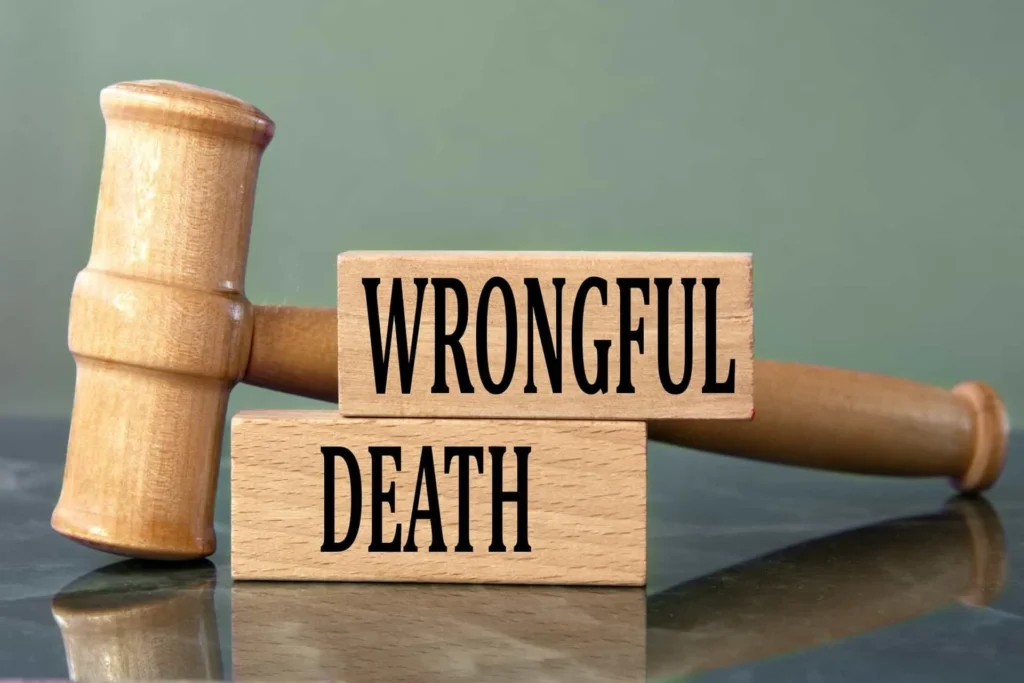Understanding How Medical Malpractice Lawyers Charge Fees
If you’re considering pursuing a medical malpractice lawsuit in New York, you’ll want to know how lawyers structure their fees. Unlike typical hourly billing, an NY medical malpractice lawyer usually works on a contingency basis. This means the attorney only gets paid if you recover compensation from your case. This arrangement helps injured patients access legal representation without worrying about upfront costs, making justice more attainable for those harmed by medical errors.

Contingency Fees and The Sliding Scale System
In New York, most medical malpractice attorneys charge a contingency fee—often a percentage of the total recovery awarded. However, state law sets a specific sliding scale for such cases. For example, a lawyer might earn 30% of the first $250,000 of recovery, with the percentage decreasing for higher amounts. This statutory structure prevents excessive legal fees, ensuring clients retain a fair portion of any settlement or verdict achieved.
What Happens If There Is No Recovery?
A significant benefit for clients is that if your lawyer doesn’t win or settle your case, you owe them no attorney’s fees under the contingency system. However, you may be responsible for reimbursing other case costs, such as court filing fees, expert witness expenses, or medical record retrieval fees. These costs are typically explained up front in the retainer agreement, so clients know what financial obligations they’re taking on.
Additional Expenses Associated With Your Lawsuit
Medical malpractice cases often require extensive investigation, expert testimony, and complex legal filings, which can be costly. While attorneys usually pay these expenses initially, they’re deducted from your recovery if you win the case. An NY medical malpractice lawyer will provide a breakdown of anticipated costs as your case progresses. This transparency allows clients to make informed decisions about pursuing legal action.
New York Regulations Protecting Consumers From High Fees
New York’s regulations governing lawyer fees in medical malpractice cases are designed to protect injured patients from exorbitant costs. The sliding scale limits prevent lawyers from taking too much of a client’s compensation, ensuring they are paid fairly but not excessively. These laws make legal representation more accessible while maintaining high standards of professionalism in the field.
Tips For Navigating Fee Agreements With Confidence
Before hiring an attorney, be sure to discuss fee arrangements, contingency rates, and how expenses are handled. Ask for a written retainer agreement outlining all financial terms. Thoroughly understanding the structure of attorney fees will help you enter the process with confidence, knowing what to expect and how your interests are protected.
Final Thoughts On Medical Malpractice Legal Costs
Navigating a medical malpractice lawsuit in New York can seem daunting, but knowing what fees to expect makes the journey clearer. A reputable NY medical malpractice lawyer will be transparent about costs and help you pursue justice—as you focus on healing and recovery.



